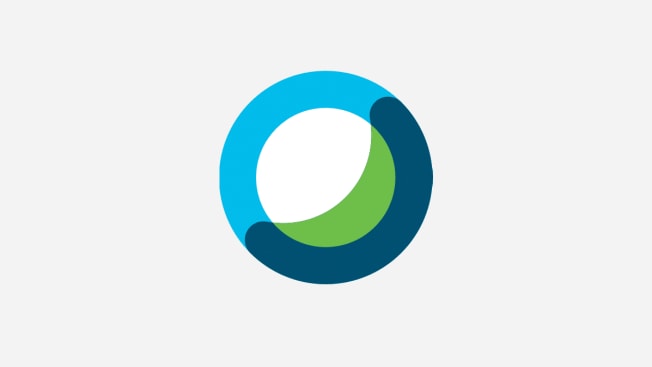Cisco Clarifies Privacy Policy for Webex Videoconferencing
After a Consumer Reports study, the company provides more details on what data is collected, and why

The changes come in response to a Consumer Reports evaluation of the platform's privacy policy and terms of service. Consumer Reports also evaluated the privacy policies for two other big players: Google (with Hangout, Meet, and Duo) and Microsoft (Skype and Teams).
All of the privacy policies left unanswered questions. But the companies seemed to reserve the right to access recordings of meetings for business purposes, along with details such as who was on a call. Our researchers found that the documents were short on details and contained confusing language.
We have been looking into videoconferencing services because millions of consumers have recently taken to these platforms to stay in touch during the coronavirus pandemic.
Cisco made things clearer on Monday when it linked from the Webex sign-up window to a detailed description of the platform's data practices. The description, which Cisco calls a "privacy data sheet," had been posted on the website before, but in an obscure spot where a user was unlikely to ever come across it.
Guarding Privacy in a Videoconference
When you join a videoconference, you still face several potential threats to your privacy. Information about the call could be collected by the companies that built the platform, as well as the host or administrator of your meeting, or even by other participants. And that information can then be shared either publicly or with businesses.
Here are some strategies from CR's privacy and security experts for keeping your personal information safe while teleconferencing.
- Pick a platform. Try to use any videoconferencing services as a "guest," to share as little information as possible. If you decide to sign up, perhaps to access more features, you can minimize your digital footprint by sticking to a single platform. That way, fewer companies are watching you. There's another benefit, too: You can become acquainted with the service's privacy and security features, and learn to use those tools more effectively.
- Use outside privacy tools. This tip applies to almost anything you do online. First, if you decide to create a videoconferencing account, use a dedicated "burner" email that you don't use for anything else, or at least for important functions like banking, healthcare, and social media accounts. It's also smart to use a highly rated password manager with the platform's password function. That can help keep your meetings secure from a Zoombombing-style intrusion.
- Assume you're being recorded. Anything you say or do in a meeting can be recorded. It can be captured officially by a host, administrator, or another participant, or just grabbed by someone with screencasting software or even a smartphone. The solution? Turn off your camera and mic whenever possible. When you do have to be onscreen, consider using a virtual or blurred background if you don't want to show co-workers, clients, or strangers the personal details that can be gleaned from books on your shelf, your children's toys, or art on your wall. Videos can leak into public or end up being shared with a wider circle of friends, clients, or co-workers.
- Just make a regular phone call. Many meetings simply don't need video. When that's the case, pick up the phone to talk to a colleague or loop a small group into an old-fashioned conference call.

















